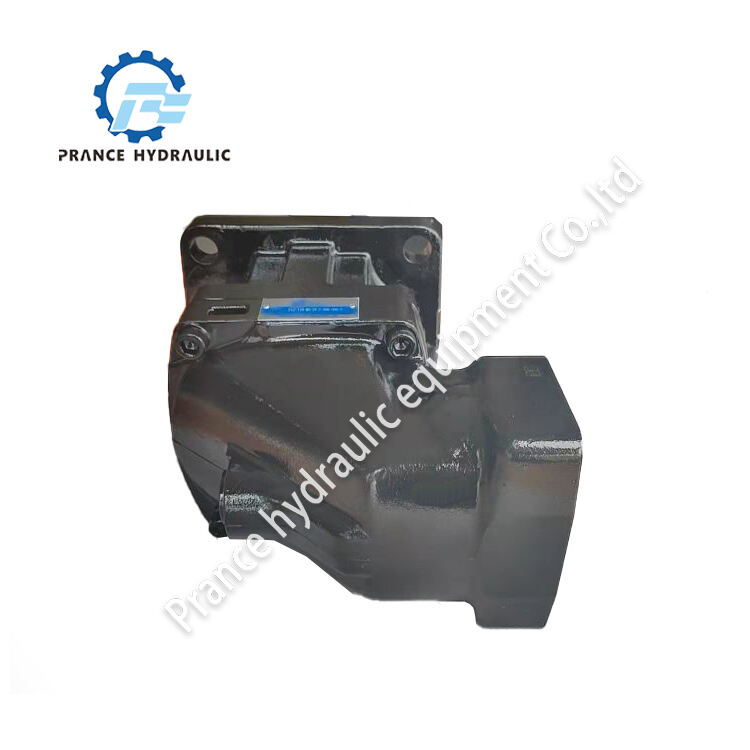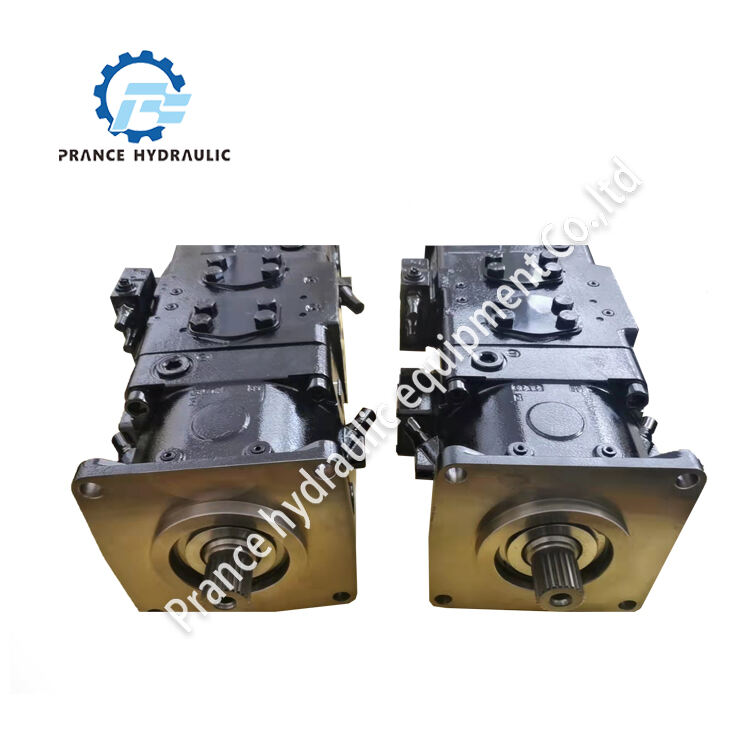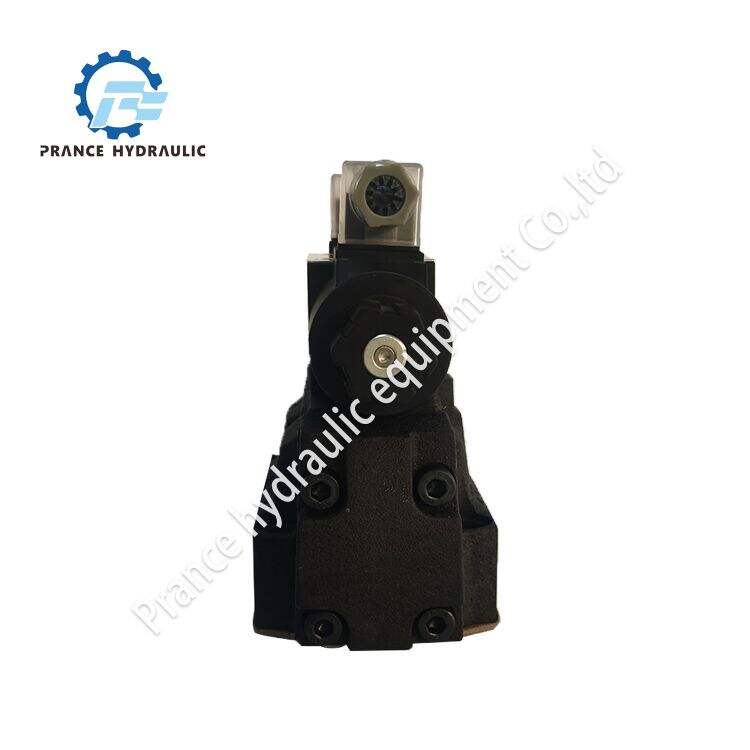Ang mga hydraulic break-over valve ay pangunahing bahagi ng mga hydraulic circuit. Kinokontrol nila ang presyon ng likido na dumadaloy sa sistema. Ang pangunahing layunin ng isang hydraulic pressure relief valve ay ang pagpapalaya ng labis na presyon upang maiwasan ang pinsala sa sistema. Mahalaga ito sapagkat ang labis na presyon ay maaaring maging sanhi ng pagkabigo ng sistema.
Kailangang maintindihan mo kung paano kontrolin ang presyon sa isang sistemang hidrauliko upang maituloy ang lahat ng maayos. Kung umuwihi ang presyon, maaaring magbukas ito ng sistema. Ang mga pahintulot na relief valve ay naroroon upang maiwasan ito, sa pamamagitan ng pagbubukas at pagpapalabas ng sobrang presyon bago makakasira.

Gaanong paraan gumagana ang mga relief valve ng hidrauliko tulad ng mga safety valve. Nagbubukas ang relief valve kapag umuwihi ang presyon sa sistema, pinapayagan ang ilang likido na lumabas. Ito ay naiiwan ang presyon at iniwasan ang pagkabagsak ng sistema. Ito'y isang seguridad net na humuhuli sa anumang sobrang presyon bago maging isang problema.

Mga mahalagang bahagi ng mga relief valve ng hidrauliko ay may isang spring loaded valve. Bukas ang valve kapag ang presyon ay umaabot sa tiyak na antas. Ito ay nagbubukas at pinapayagan ang likido na lumabas, bumababa ang presyon sa loob ng sistema. Disenyado ang valve upang maging napaka sensitibo sa mga pagbabago sa presyon ng hangin kaya mabilis itong tumugon at maiiwasan ang pinsala.

Ang pagpili ng tamang relief valve para sa iyong hydraulic system ay tutulong sa iyo na matukoy kung ano ang pinakamataas na presyon na maaaring suportahan ng iyong sistema. Pumili ng isang relief valve na may kakayahang humantong sa hindi bababa sa presyur na ito. Isaalang-alang din kung magkano ang likido na lalagpasan ng sistema, upang matiyak na ang relief valve ay may kakayahang hawakan ang dami na iyon. Mas mainam na kumunsulta sa isang dalubhasa upang payohan ka sa pagpili ng angkop na relief valve para sa iyong sistema.